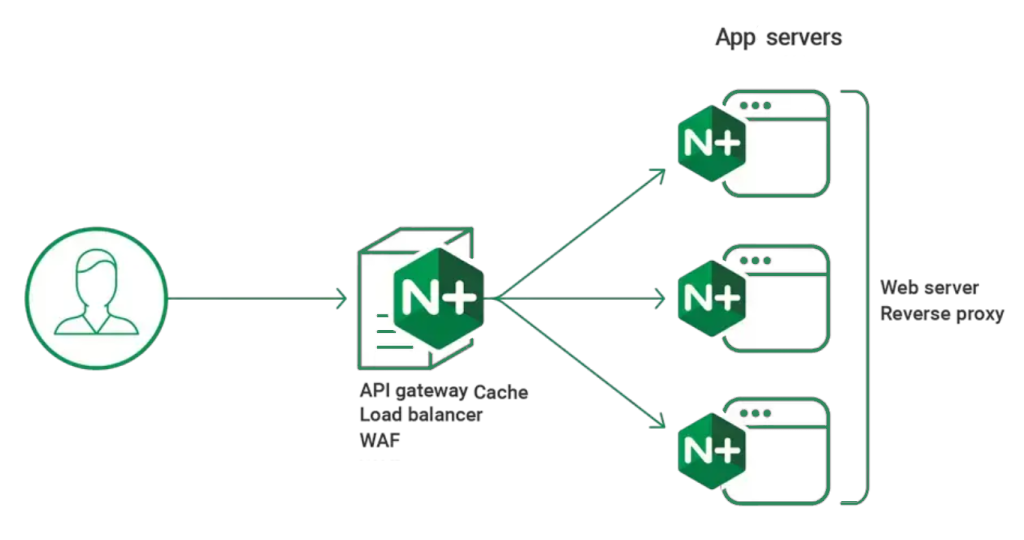React XState Hooks: A Comprehensive Guide
Introduction
State management is a critical aspect of modern React applications. As applications grow in complexity, managing state effectively becomes increasingly challenging. Enter XState, a powerful library for managing state machines and statecharts in JavaScript. When combined with React hooks, XState provides a robust and scalable solution for state management.
In this comprehensive guide, we’ll explore how to use React XState hooks to build efficient and maintainable state management systems. We’ll cover key hooks like createActorContext, useSelector, useActorRef, useActor, and useMachine, providing practical examples and best practices along the way.
What is XState?
XState is a library for creating, interpreting, and executing finite state machines and statecharts. It allows developers to model complex state logic in a declarative and visual manner, making it easier to understand and maintain.
Why Use XState with React?
- Predictable State Transitions: XState enforces strict state transitions, reducing the likelihood of bugs.
- Visualization: Statecharts can be visualized, making it easier to understand complex state logic.
- Scalability: XState scales well with application complexity, making it suitable for both small and large projects.
Getting Started with XState and React
To get started, you’ll need to install the necessary packages:
npm install xstate @xstate/react
Basic Example: useMachine
The useMachine hook is the most straightforward way to integrate XState with React. Here’s a simple example:
import { useMachine } from '@xstate/react';
import { createMachine } from 'xstate';
const toggleMachine = createMachine({
id: 'toggle',
initial: 'inactive',
states: {
inactive: {
on: { TOGGLE: 'active' }
},
active: {
on: { TOGGLE: 'inactive' }
}
}
});
function Toggle() {
const [state, send] = useMachine(toggleMachine);
return (
<button onClick={() => send('TOGGLE')}>
{state.matches('inactive') ? 'Off' : 'On'}
</button>
);
}
In this example, we define a simple toggle machine and use the useMachine hook to manage its state within a React component.
Advanced Hooks and Patterns
createActorContext
The createActorContext hook allows you to create a React Context that provides access to an XState actor. This is particularly useful for managing global state.
import { createActorContext } from '@xstate/react';
import { someMachine } from '../path/to/someMachine';
const SomeMachineContext = createActorContext(someMachine);
function App() {
return (
<SomeMachineContext.Provider>
<SomeComponent />
</SomeMachineContext.Provider>
);
}
function SomeComponent() {
const count = SomeMachineContext.useSelector((state) => state.context.count);
const someActorRef = SomeMachineContext.useActorRef();
return (
<div>
<p>Count: {count}</p>
<button onClick={() => someActorRef.send({ type: 'inc' })}>
Increment
</button>
</div>
);
}
useSelector
The useSelector hook allows you to select a specific piece of state from an actor, minimizing re-renders when unrelated state changes.
import { useSelector } from '@xstate/react';
const selectCount = (state) => state.context.count;
function App({ service }) {
const count = useSelector(service, selectCount);
return (
<div>
<p>Count: {count}</p>
</div>
);
}
useActorRef
The useActorRef hook returns a reference to an actor, allowing you to send events without causing re-renders.
import { useActorRef } from '@xstate/react';
import { someMachine } from '../path/to/someMachine';
function App() {
const actorRef = useActorRef(someMachine);
return (
<button onClick={() => actorRef.send({ type: 'SOME_EVENT' })}>
Send Event
</button>
);
}
useActor
The useActor hook subscribes to an existing actor, allowing you to read its state and send events.
import { useActor } from '@xstate/react';
import { someMachine } from '../path/to/someMachine';
function App() {
const [state, send] = useActor(someMachine);
return (
<div>
<p>State: {state.value}</p>
<button onClick={() => send({ type: 'SOME_EVENT' })}>
Send Event
</button>
</div>
);
}
Best Practices for Using XState with React
- Encapsulate State Logic: Use custom hooks to encapsulate state logic, making it reusable across components.
- Minimize Re-renders: Use
useSelectorto minimize re-renders when only a specific piece of state changes. - Visualize Statecharts: Use tools like the XState Visualizer to understand and debug your state machines.
- Leverage Context for Global State: Use
createActorContextto manage global state efficiently.
Conclusion
React XState hooks provide a powerful and flexible way to manage state in React applications. By leveraging hooks like createActorContext, useSelector, useActorRef, useActor, and useMachine, you can build scalable and maintainable state management systems.
Whether you’re building a small application or a large-scale project, XState and React hooks offer the tools you need to manage state effectively. Start integrating these hooks into your projects today and experience the benefits of predictable and scalable state management.
Reading Further
- React Design Patterns
- useTransition Hook in React
- useDeferredValue Hook in React
- useSyncExternalStore Hook in React
- React useCallback
- React useMemo vs Memo
- React Jotai State Management
- React XState State Machines and Statecharts
Resources
Latest blog posts
Explore the world of programming and cybersecurity through our curated collection of blog posts. From cutting-edge coding trends to the latest cyber threats and defense strategies, we've got you covered.


